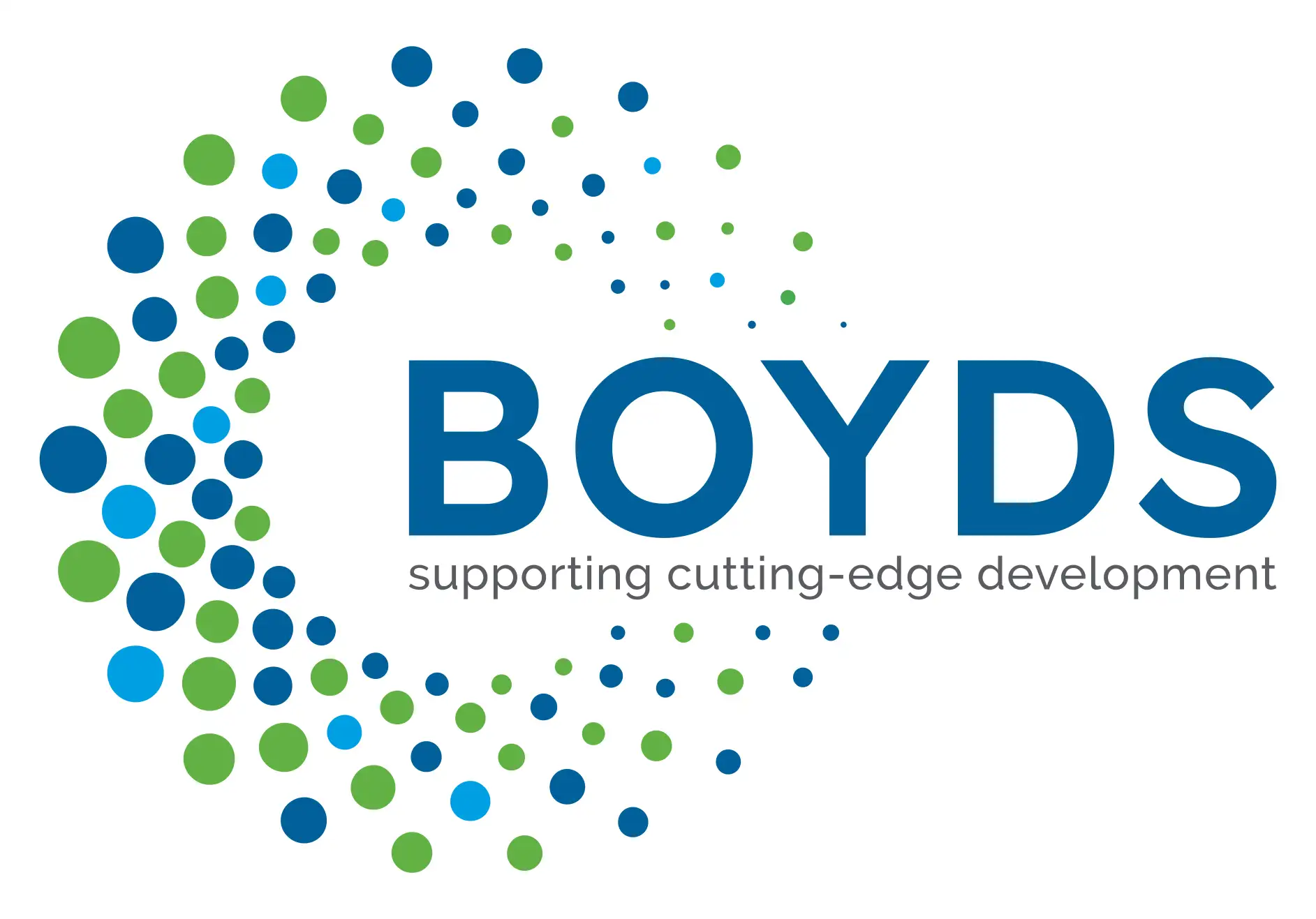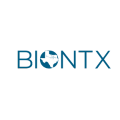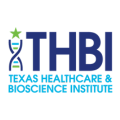In this blog, Celine Courtay-Cahen, Senior Manager, Regulatory Affairs, explores the challenges and prospects of harmonising paediatric drug development efforts between the European Union and the United States.
 Prior to the existence of current paediatric legislation relevant to new medicinal products in the EU and US (EU Paediatric Regulation (EC) No. 1901/2006 as amended, and the US Pediatric Research Equity Act [PREA] of 2003), the safety and efficacy of most products was not studied in children and appropriate formulations that could be administered safely, particularly to the youngest patients, were lacking. The need to evaluate the potential of a new medicinal product to address a paediatric unmet need early in development cannot be questioned. However, can paediatric development ever be harmonised across regions?
Prior to the existence of current paediatric legislation relevant to new medicinal products in the EU and US (EU Paediatric Regulation (EC) No. 1901/2006 as amended, and the US Pediatric Research Equity Act [PREA] of 2003), the safety and efficacy of most products was not studied in children and appropriate formulations that could be administered safely, particularly to the youngest patients, were lacking. The need to evaluate the potential of a new medicinal product to address a paediatric unmet need early in development cannot be questioned. However, can paediatric development ever be harmonised across regions?
On the surface, the overarching principles of both sets of legislation are similar. In both regions there is a requirement to consider the quality, nonclinical and clinical development needed to support the evaluation of a product in the paediatric population, and such evaluations must be agreed with the relevant agency via a Paediatric Investigation Plan (PIP) in the EU, and an initial Pediatric Study Plan (iPSP) in the US. Both regions have provision for waivers for development in all or some age groups based on product- and/or condition-specific grounds. There is also the potential for deferrals for the provision of data until after the filing of the marketing application where it is agreed that additional data need to be generated/formulations developed before the agreed measures can be initiated or completed. The trigger for a PIP or iPSP is also similar – either the product is unauthorised (i.e. a Marketing Authorisation Application or New Drug/Biologics License Application is planned), or a significant post-approval change (e.g. addition of a new indication, new pharmaceutical form, or new route of administration) is scheduled.
However, although EMA and FDA communicate and collaborate regularly on drug development and following common international guidance (e.g. ICH E11), this does not always result in harmonised discussions and outcomes for paediatric development despite both agencies wanting to ensure that paediatric medicines are subject to high quality, ethical research without delaying the product’s availability for adults. The legislative and procedural differences between the two regions introduce several challenges for developers. The most critical of these are discussed below.
Challenge 1: Timing of initial submission
EU PIPs should be submitted no later than the end of human pharmacokinetic studies (Article 16 of the Regulation). This can coincide with the initiation of adult Phase 2 studies but cannot be after initiation of confirmatory Phase 3 studies. In contrast, US iPSPs must be submitted before initiation of paediatric investigations or within 60 days of the End of Phase 2 meeting with FDA (unless otherwise agreed or an exemption applies).
This difference in timing, and the availability, or not, of supportive adult data may result in review of a PIP before the iPSP is even generated. As such, interactions with EU regulators, combined with emerging data in adults, may inform and modify the paediatric strategy proposed in the iPSP. Ultimately, this means that developers either choose to submit their PIP “late”, or have different measures agreed across regions with the potential challenge of trying to align later.
Challenge 2: Indication scope
In the EU, regulators review paediatric needs in all conditions within the MedDRA Higher Level Term (HLT) corresponding to the proposed adult condition. This has implications specifically in e.g. oncology development, where many tumour types may be encompassed within a certain HLT, potentially resulting in paediatric development that is broader in scope than that in adults (and broader than the developer’s commercial focus).
In the US, for non-oncology conditions, the FDA only considers the indication proposed, and products with orphan drug designation and/or indicated for adult-only conditions are exempt from the requirements of PREA. However, following the implementation of the FDA Reauthorization Act in 2020, for oncology indications FDA takes a “relevant molecular target” approach and maintains a (non-exhaustive) list of those molecular targets which it considers are relevant to paediatric tumours and agnostic to paediatric prevalence of the oncology indication; correspondingly, orphan designated drugs mechanistically directed towards these molecular targets are not exempt from PREA. So, in the US, all relevant tumour types must be considered in the iPSP, based on the drug’s mechanism of action (regardless of the relevant HLT and the developer’s commercial focus), though here too the possibility for PREA waivers and deferrals exists.
These regional differences must be considered as early as possible, and developers must fully justify, on strong scientific and medical grounds, the position taken with regard to scope of the PIP and iPSP.
Challenge 3: Grounds for waiver
The EMA’s list of Class Waivers indicates where a PIP is not required, based on current scientific knowledge, for an indication alone or a combination of product class and indication; product-specific waivers can also be requested by developers when the product would be unsafe or ineffective in children, where it does not represent a significant therapeutic benefit over existing treatments, or where the disease only affects adults.
FDA’s list of waived conditions is more extensive and solely condition-based. Product-specific waivers can be requested on the same grounds as in the EU, but also if paediatric clinical studies are impossible or highly impractical, if the product is unlikely to be used by a substantial number of paediatric patients, or if reasonable attempts to produce a paediatric formulation for specific age groups have failed.
These differences often result in developers (re-)writing iPSPs and PIPs with a different focus. Careful planning of grounds for waivers globally can help to minimise the need for extensive re-writes.
Challenge 4: Age subsets
In the EU, but not the US, neonates are separated in two categories, pre-term newborns and term newborns. Further, in the context of paediatric development, individuals are considered as adolescents from 12 to 18 years in the EU, but from 12 to <17 years in the US. This therefore needs to be considered in the age ranges to be included in adult and paediatric trials accordingly.
All of these challenges are further exacerbated by differences in the application format and review timings. To ensure that harmonisation of paediatric development is a reality, and not a myth, developers need to plan early for paediatric development and consider the specificities of the target region, including the over-arching condition and the subsequent indications to be targeted, the paediatric age groups to be treated and the subsequent need for a new formulation and/or supporting nonclinical data and, finally, how, and when, evidence generated in adults or older children will inform paediatric development.
Importantly, in order to propose a robust and realistic paediatric development programme in a PIP or iPSP, significant input will be needed from several functional experts including, but not limited to, formulation, nonclinical, and clinical experts, along with input from key opinion leaders in the field, to ensure that the measures and timelines proposed are feasible and likely to meet the stated objectives. Preparing for a PIP/iPSP is a significant undertaking and developers are advised to ensure that sufficient and experienced resources are available to ensure a seamless and workable plan is proposed to regulators.
Boyds provides strategic regulatory, nonclinical, clinical and medical support for global or regional paediatric development plans – contact us at info@boydconsultants.com to discuss how we can help.









